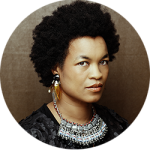This has been a year. Along with everyone else, I’ve been focused on bigger issues than fashion. My black girl magic needed burnishing. So, when Copenhagen Fashion Week rolled around earlier this week, I found myself in a state of ambivalence, while I was readjusting my world view. How do I even look at fashion when everything is in such a mess? Can I?
From my Jamaican roots, I have a strong tendency to the double leitmotifs of “mi cyaa badda” and “mi nah beg no friend.” Google it (the Jamaican language keeps Genius lyrics very busy). It is a schizophrenia of extremes: defined by the laissez-faire (if skilled) thin line between nonchalance, diffidence, impatience, capability, creativity, and going it on your own. This does not always gel with the Scandinavian perspective. And I was way deep in “cyaa badda,” as the latest in my steps of how to deal with the trauma of the year so far.
This was my mindset when I logged on to CPHFW’s site, which kicked off the spring 2021 season on Monday.
Can I just start by saying that, much as I appreciate all the hard work that went into presenting Copenhagen’s 72-hour fashion week in the age of quarantine, I loved not dealing with the stress that’s usually involved in attending and covering fashion week? I don’t think I can go back to the old way.
Fashion weeks were putting me off fashion. And fashion was making me tired. The new! The hype! The stress! The whipping into a frenzy! Covid-19 just made everybody stop and (dare I say) breathe.
Dealing with fashion week digitally is so much more civilized. There were several technical glitches, but digital is not problem-free. The backlash against IT-tech service providers is coming. I still can’t believe that under the worldwide lockdown, everybody is looking for rent and employment reprieve, but no one is asking their ISP to lower their bills or better their service…but that is a discussion for another time.
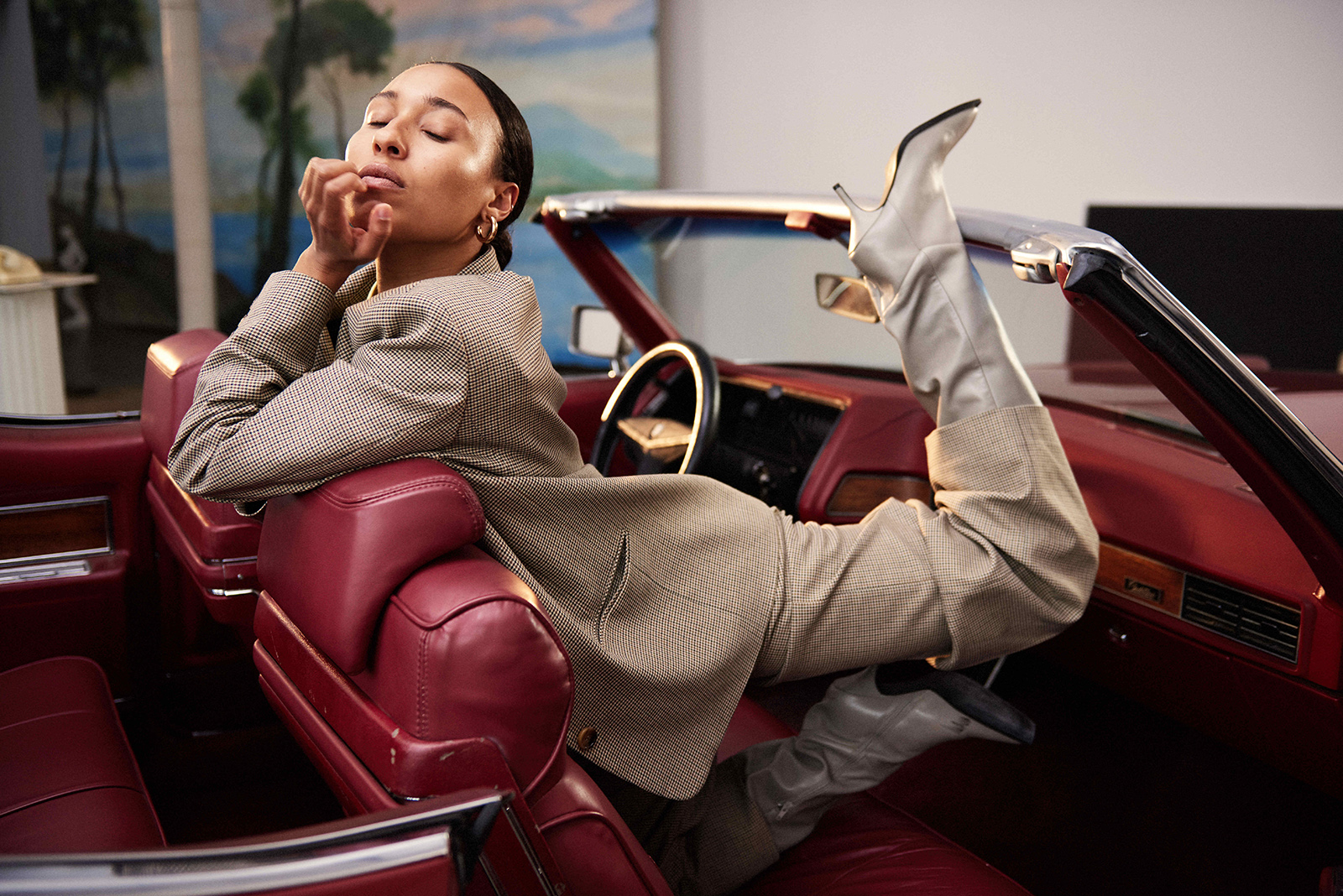
Nevertheless, I appreciated the “I’m not so sure”, at times homemade, vibe from the usually so pretentiously self-assured fashion set now out of their comfort zone. Besides, I am LOVING the quasi-democracy in not having to deal with shady PR-people. Ok, slight shade on my part…but only just. Trust me, at KRULL, we know. Starting a magazine aimed at black people does not get you automatically invited into the room. Still, after the shakeup of spring and summer of the movement for social justice, folks are now scrambling to get a diversity card to play. You know who you are.
I looked forward to the seriousness of Danish-American actress Amelia Hoy’s talks on anti-racist practices in fashion, in the series “Small Talk, Big Conversation.” I was slightly annoyed the first happened at the end of the day on Monday, but Hoy pointed out the elephant in the fashion room, and her guest Naima Yasin, from A Seat at The Table podcast, called out the industry to their faces. Hoy continued by speaking with Thandi Norman of Skandinavia Standard about mobilization and practical techniques for how brands could recruit talent and incorporate anti-racist practices in their businesses. She rounded off the series on Wednesday with Mona Mohammed Ali, the founder of Fiiri Agency. The first black-owned inclusive modeling agency in Scandinavia. The series’ 15-minute catwalk timeframe did not lend itself to deep discussion but was effective in opening a door and raising questions about the lack of diversity and representation behind the scenes in the Scandinavian fashion industry.
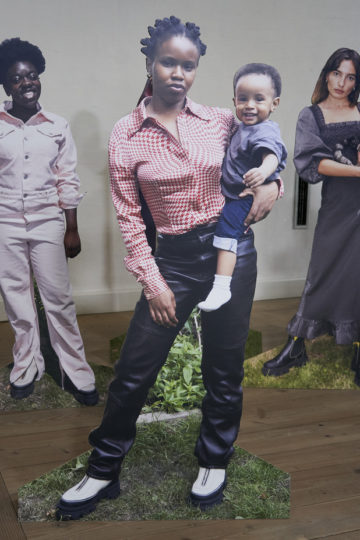
The word most often repeated at CPHFWSS21 was sustainability.
Overproduction has plagued fashion since the business model of fast fashion took hold. Chasing “the new” with untenable, high-pitched frequency, has led us to gross exploitation and environmental disaster. The breaking point of sustainability has long passed. With Covid-19, and the tipping point of Black Lives Matter forcing a watershed moment for both social justice, equality, and sustainability, the fashion industry has finally been forced to deal with the ethical skeletons piling up in its proverbial well-dressed closet. At CPHFW, designers who habitually vacuum the world for inspiration were dragging up their sustainability card. In the same way, they were jumping to show their support for BLM this spring.
In keeping with the spirit of the times, most collections were subdued. Designers were forced to source creative solutions locally and use whatever and whoever was at hand. Errybody getting on the sustainability bandwagon! I’m not even going to try to be cynical, because that IS a good and necessary thing.
In Futurum’s well-spoken Moussa Mchangama’s Small Talk with brands Sur le Chemin, Skall Studio & Asket touched on ideas that newer brands are using to address these issues. Asket thought the industry needs to tackle sustainability by addressing the problem of growth in success metrics. Success metrics are used by investors interested in bankrolling a brand. This growth is driven by fast fashion influenced consumption. This skews, in turn, to the wasteful but profitable tactics seen today. Asket believes brands should be responsible for a holistic approach to the life-cycle of garments. Sur le Chemin saw the need to shift focus on how we value clothing. Designers Remix, for example, reuses deadstock products to make new silhouettes.
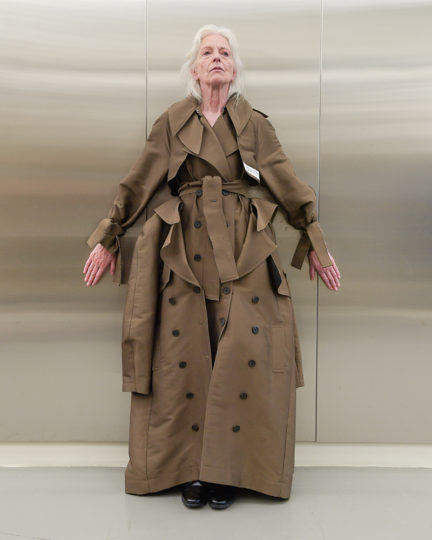
I respect the positivity of people trying to find a solution to the possible demise of the fashion industry as we know it. It was fascinating to see the range of emotions elicited by the designers. At one end of the spectrum, Mark Kenly Domino Tan’s keep calm and carry on zen neutrals. At the other end, the joyous optimism in the bright colors and mixed patterns of Stine Goya (who just might have convinced me that lilac boots are the shit).
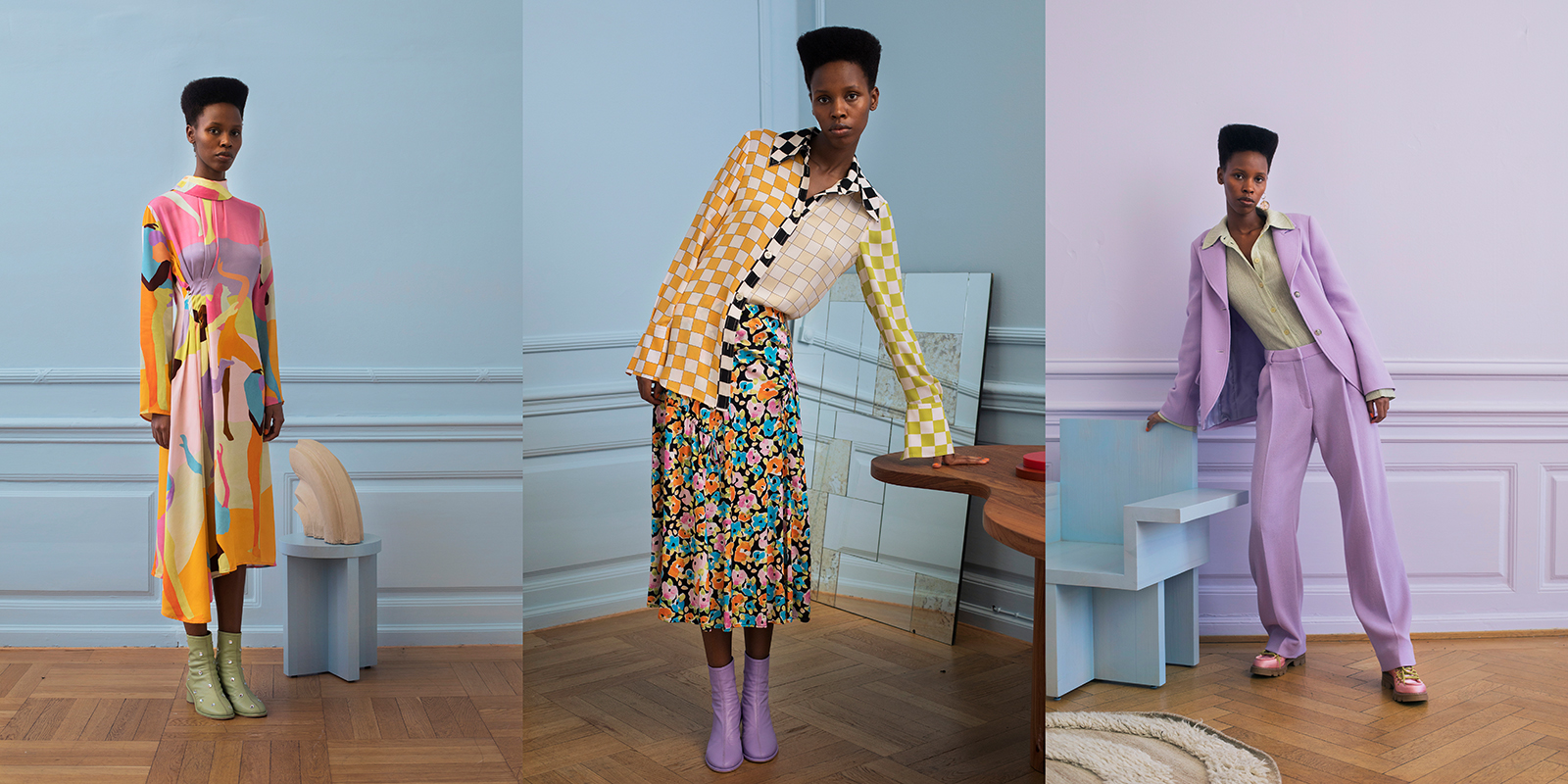
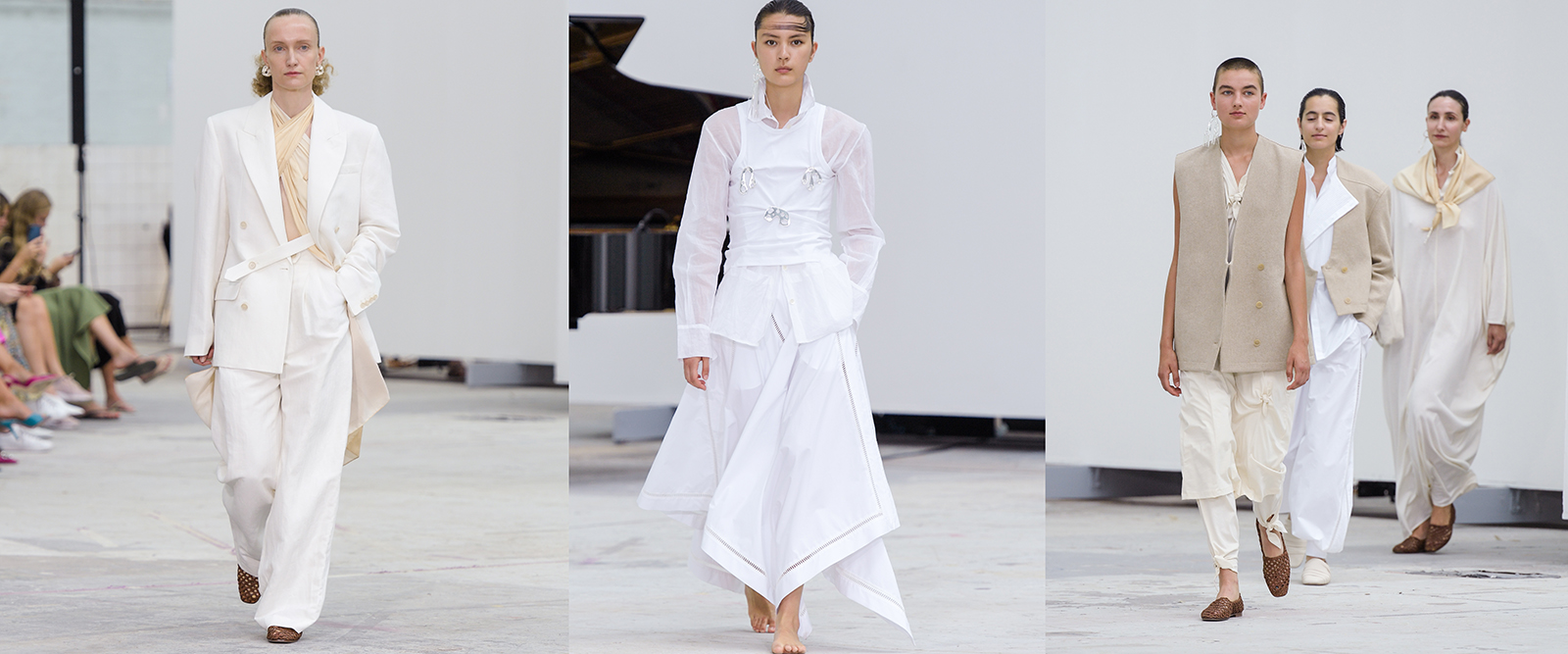
Influenced by the pandemic lockdown, brands have moved toward wardrobe staples, classic styles, and genderless dressing. “Easy dressing” was another buzzword, seen in the roomy, flowing clothing. Oversized is here to stay for the near future. Fantastic for the “we-who-have-developed-something-of-a-paunch-under-lockdown” crowd. Suiting and feminized menswear were still popular. Hope doubled down on genderless or genderfluid clothing, also seen in several other collections, notably Mark Kenly Domino Tan and Brøgger.
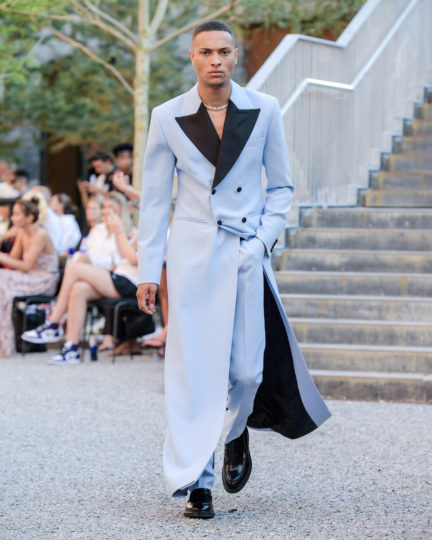
Photo: James Cochrane
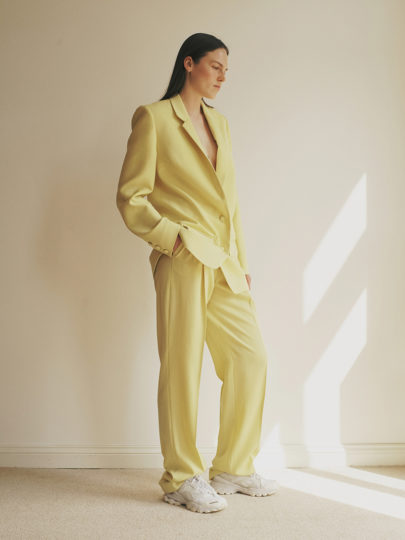
The Scandis also appear to be inching away from their minimalism. Inching! Maximalism, Scandinavian style. Nothing over the top. Only one thing at a time. And with clean silhouettes. Even the frills are no-frills. Tie-dyes popped-up here and there. What we used to call “granny” dresses, and what I secretly, politically incorrectly, call “Amish-chic,” is very popular. Batsheva Hay and Demna Gvasalia have a lot to answer for.
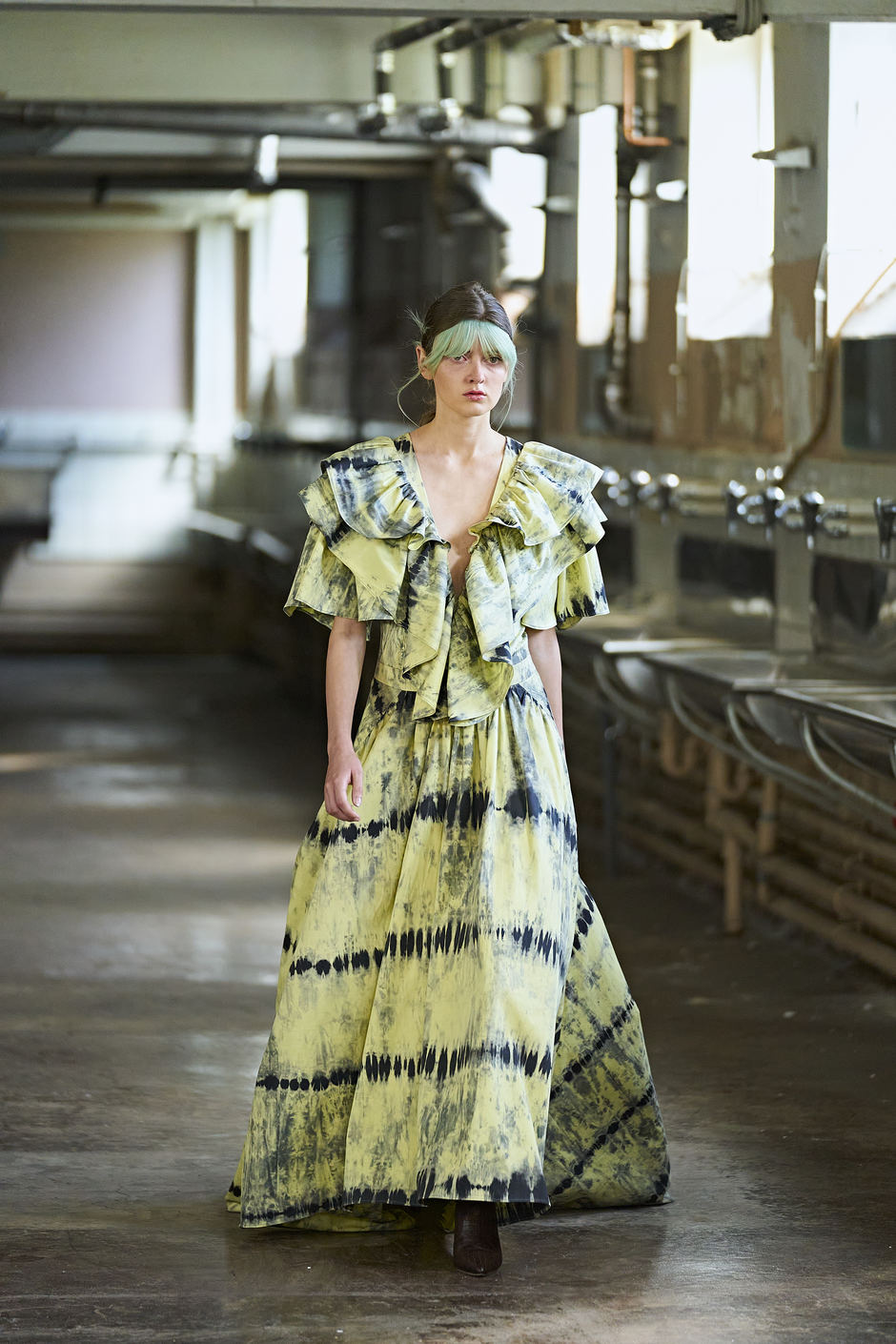
Photo: James Cochrane
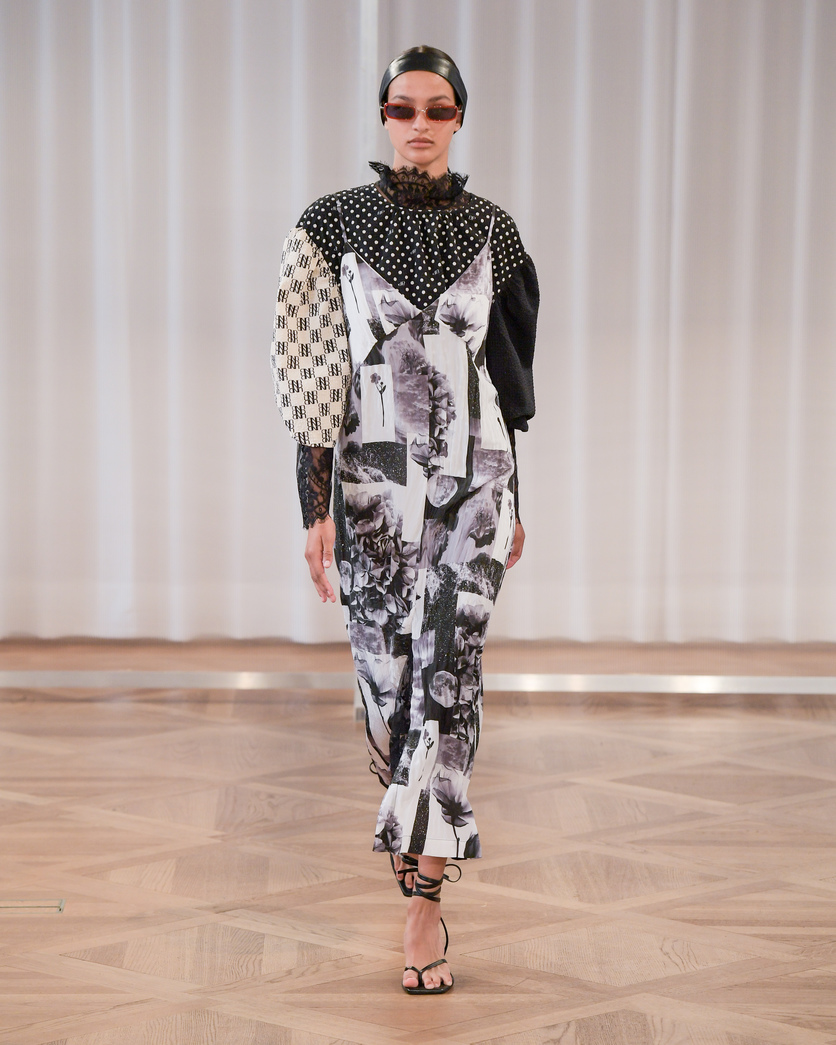

Photo: James Cochrane
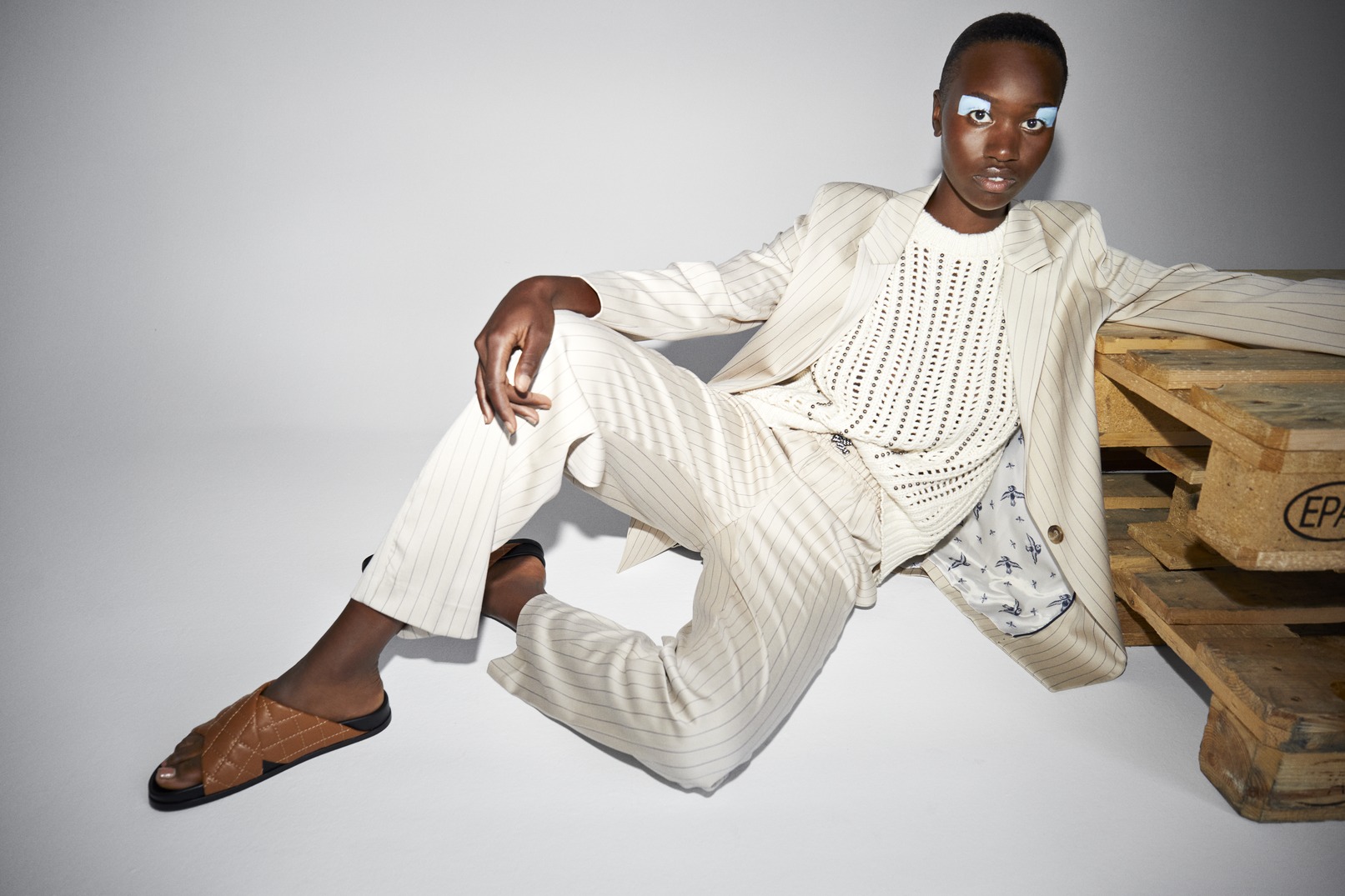
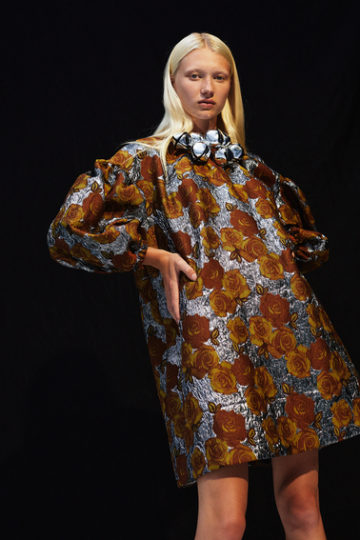
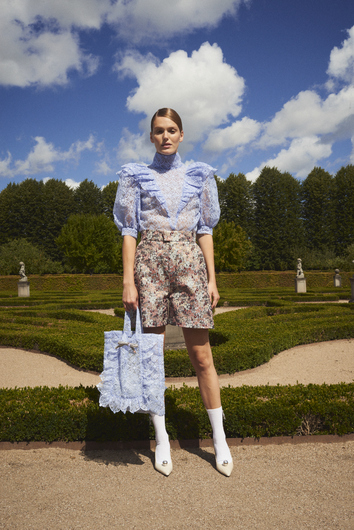
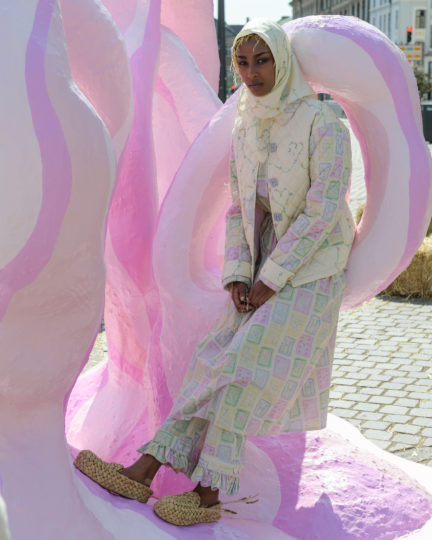
Photo: James Cochrane
As proof that I am changing, I had two favorites from the shows, both from Nynne – their take on the classic chain-link belt, and the leather mini-skirt belt. Small things that can liven up what is already in my wardrobe, because if I am honest with myself, I already have a version of one of everything above. Even a granny dress…or two.
Digital fashion week left me a lot of time to think. Incidentally, maybe not really what the industry wants…no matter what their press releases say. When we have accepted and settled into our new normal, I hope to once again love fashion. In an adult, responsible way, not the teenage, all-consuming, self-destructive, burnout kind of love you had for your first-wave of puberty crush.
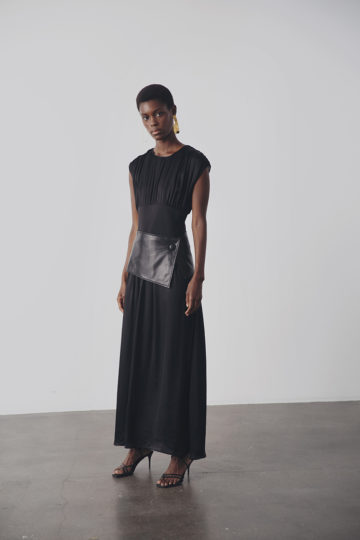
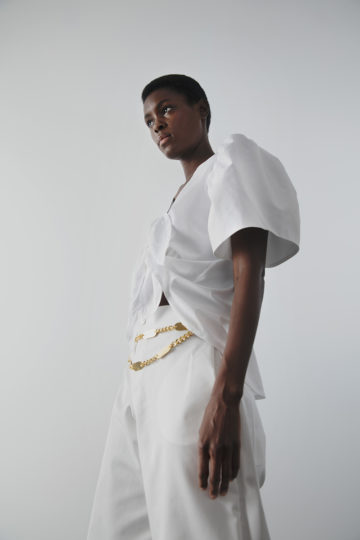
Cover photo: REMAIN by James Cochrane.
All photos courtesy of Copenhagen Fashion Week


